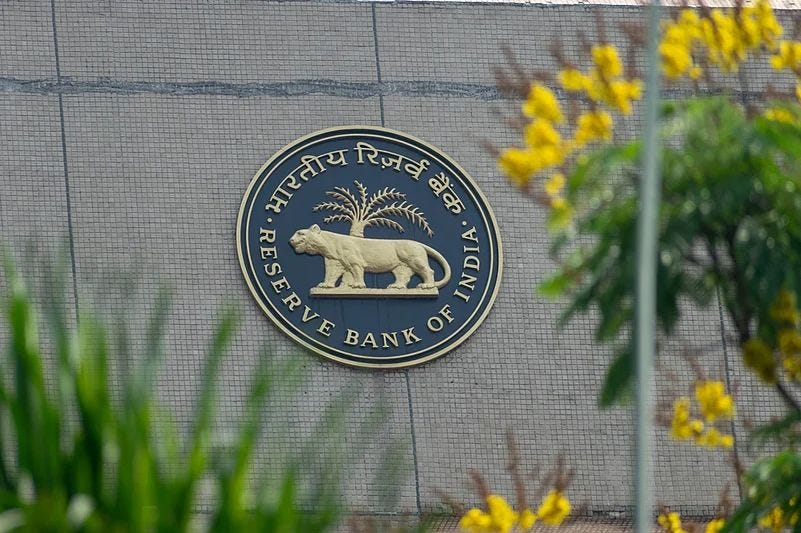RBI’s New Draft Rules on AIF Investments: What Fund Managers Need to Know
Draft Circular: https://rbi.org.in/Scripts/BS_PressReleaseDisplay.aspx?prid=60481
The Reserve Bank of India (RBI) just released a new draft circular (dated May 19, 2025) that could significantly impact how banks, NBFCs, and other regulated entities (REs) invest in Alternative Investment Funds (AIFs). These rules are not final yet, but comments are open until June 8, 2025, so it’s important to understand what’s changing and how it affects your fund strategy.
Background
Over the past couple of years, the RBI noticed a pattern: some regulated entities were using AIFs to indirectly fund troubled borrowers, especially through debt investments. This could lead to evergreening (disguising bad loans), which the RBI wants to avoid.
They’re now tightening rules to:
Prevent misuse of AIFs for backdoor lending
Make sure REs aren’t overexposed to a single AIF
Align better with SEBI’s recent push for stricter fund-level due diligence
What are the key changes?
Exposure Limits Introduced
An individual bank or NBFC (RE) can’t invest more than 10% of a fund’s total corpus. Combined investment from all REs in a single fund is capped at 15%.No Restrictions up to 5%
Any RE can invest up to 5% of a scheme’s corpus without conditions.Provisioning Triggered Above 5%
If an RE invests more than 5% in a fund that then makes debt investments in the RE’s borrower company, the RE must make 100% provisions for that exposure. This excludes equity, CCPS, and CCDs.Strategic Exemptions Possible
The RBI may exempt some AIFs set up for strategic or public-interest purposes, in consultation with the government.Prospective Implementation
These rules will apply going forward. Existing investments and commitments remain under the current norms.
What This Means for Fund Managers
RE money is now harder to take at scale. You’ll need to diversify LPs and avoid over-reliance on banks or NBFCs. If you’re running a credit-oriented AIF, this hits harder - REs may avoid your fund entirely if there’s risk of downstream provisioning.
Be ready to show investors exactly where your AIF capital is flowing, especially if they are REs. Mapping exposure to their borrowers is now essential. Fund documentation, due diligence, and communication strategies will all need to be tightened.
This isn’t a blanket ban, but it’s a significant restriction. Clean structures, diverse LPs, and transparency will be key to navigating the new regime.



